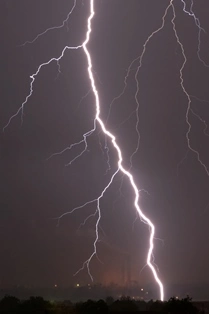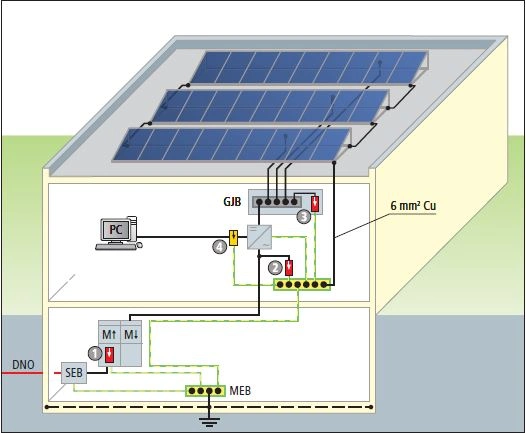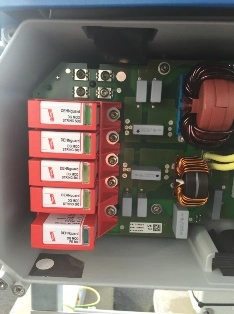Lightning strikes can cause significant damage. The Netherlands experiences around 100,000 lightning strikes per year. How can you protect yourself? And do solar panels have any impact?
Good news: solar panels do not increase the likelihood of a lightning strike. Although they contain electrically conductive materials, statistics show that houses with solar panels are not struck more often than those without.
However, the effects of a lightning strike can be severe. Power surges can enter your home through wiring, damaging appliances such as televisions, internet routers, and solar inverters.

Surge protection safeguards your electrical devices and is classified into three levels:

A complete lightning protection system offers the best security. This includes:
However, a complete lighning protection system is quite expensive. For most homes this level of protection is not necessary, as the risk of a direct strike is low.
According to the Dutch regulation (NEN1010), in the vast majority of cases no additional lightning protection is required for PV inverter(s). Only if the cable between the solar panels and the inverter is exceptionally long (more than 34 meters or even longer, depending on where you live), an SPD (Surge Protection Device) type 2 is recommended. In addition, if there is already a lightning protection system on the roof and the solar panels are placed very close to it, an SPD type 1 is required for the inverter
The types of SPD available are:
Zonnefabriek inverters come with built-in Class III surge protection, offering basic defense against nearby lightning strikes.
Generally, solar inverters are covered by home insurance policies. While a lightning strike can cause inconvenience, it usually does not result in out-of-pocket replacement costs.
If installing surge protection reduces your insurance premium, this could be an extra incentive. Check with your insurance provider for details.
